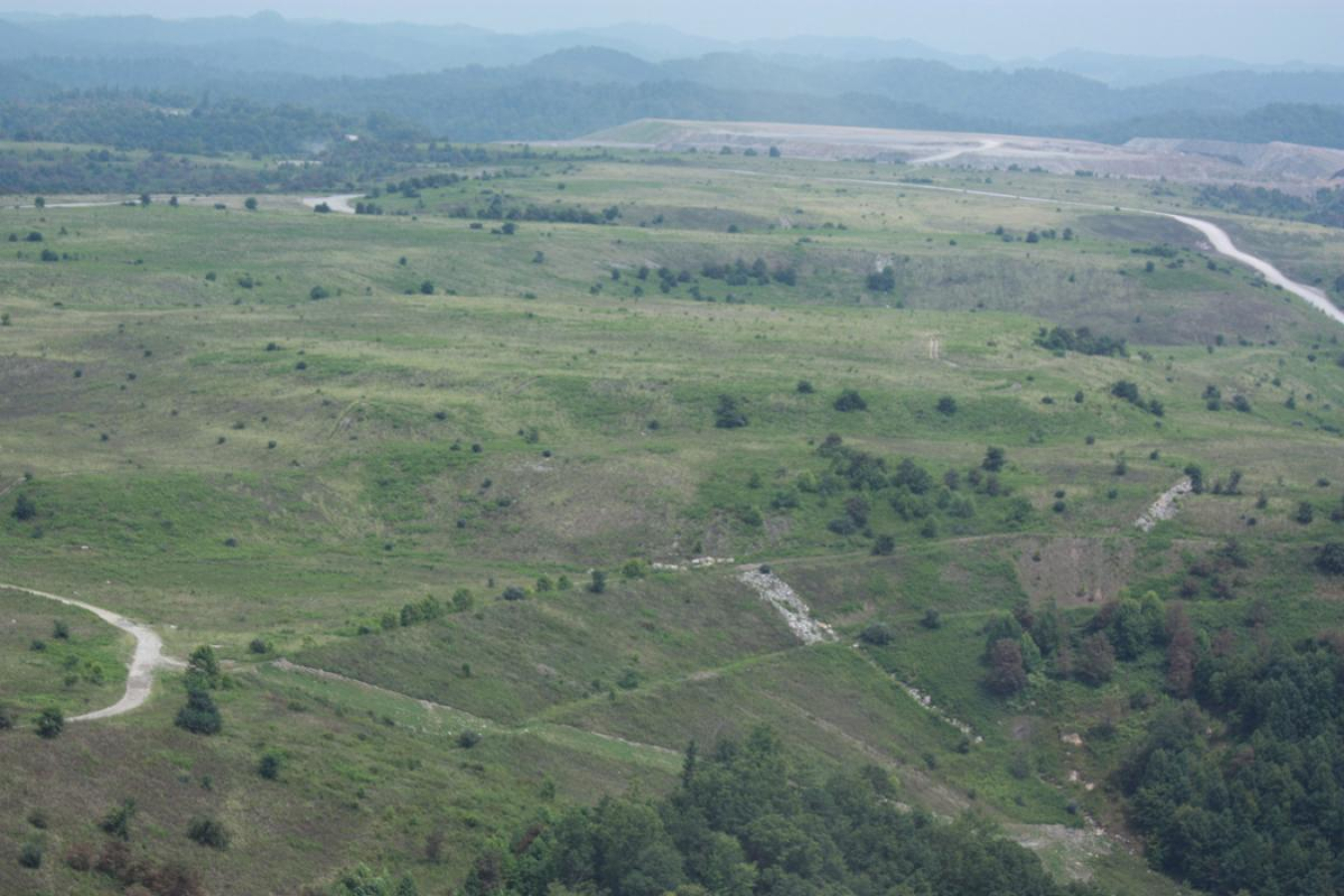In April 2021, the Kentucky Energy and Environment Cabinet (EEC) released a web-based platform, Solar Siting Potential in Kentucky, that helps government officials and businesses identify land suitable for utility-scale solar projects, with a particular focus on underutilized lands such as brownfields and abandoned mines.
This user-friendly platform gives Kentucky an important economic development tool that will help the Commonwealth's growing economy incorporate renewable energy into its energy portfolio. The U.S. Department of Energy's (DOE) State Energy Program (SEP) provided funding to support the development of the platform, which advances key DOE priorities of decarbonizing the electric grid and supporting workforce development.
The Solar Siting Potential in Kentucky platform addresses a critical information gap to help the state accelerate solar energy development and convert unused mine land into a force for clean energy and economic growth.
In an announcement of the platform's release, Kentucky Governor Andy Beshear noted that roughly two dozen inquiries about solar development had been filed with the siting board, a clear indication that "there is a demand for this clean, alternative fuel source."
According to the U.S. Energy Information Administration, renewable energy only accounted for about 8% of Kentucky's net electricity generation in 2020, which mostly came from hydroelectric generation. Solar accounted for less than 1% of total net electricity generation in Kentucky in 2020.

Prior to the release of the platform, there had been no comprehensive geographic assessment of mine-scarred lands in Kentucky that identified renewable energy potential, project feasibility, and development barriers. In addition to its primary objective of supporting the redevelopment of mining lands, the platform is intended to help stakeholders identify issues with relevant policies, processes, and infrastructure to help the state create more favorable conditions for future development.
The project team formed by the Kentucky EEC Office of Energy Policy and Office of Administrative Services, Division of Technology considered several key criteria in the site suitability analysis that forms the backbone of the platform:
- Land use and topography
- Proximity to electricity infrastructure
- State and federally protected lands and endangered species
- Mine permit information.
The platform's interactive geographic information system (GIS) map tool allows the public to view mine sites according to multiple criteria, including those listed above, and to download the corresponding data for deeper reviews of the sites.
Overall, the findings of the site suitability analysis indicate that many locations across Kentucky meet basic criteria to support solar project development, and the information provided by the analysis will help spur development in the near future. Kenya Stump, executive director of the EEC Office of Energy Policy, highlighted the importance of the analysis for expanding renewable energy and land use planning:
Knowing where things are and why are essential for more informed decision-making. Understanding where solar development is likely to occur and why helps guide land use planning and infrastructure development discussions. Our land is a vital resource to Kentucky; the more we can re-use or re-imagine our previously used mine lands, the less pressure there is on greenfield development.
The Solar Siting Potential in Kentucky project was completed through a cross-cutting partnership between several EEC divisions—the Office of Energy Policy, Office of Administrative Services, Kentucky Office of Nature Preserves, Department for Environmental Protection, and the Department for Natural Resources—and the DOE SEP.
The project will help EEC fulfill part of its mission to implement an energy strategy that will bring economic benefits to the Commonwealth. SEP looks forward to achieving shared energy goals of decarbonizing the economy and promoting economic growth through its continued partnership with the Kentucky EEC.
For a deeper dive into the Solar Siting Potential in Kentucky platform, see the technical support document or watch the brief video tutorial.
DOE's State Energy Program provides funding and technical assistance to states, territories, and the District of Columbia to enhance energy security, advance state-led energy initiatives, and increase energy affordability. The State Energy Program emphasizes the state's role as the decision maker and administrator for program activities within the state that are tailored to their unique resources, delivery capacity, and energy goals.
